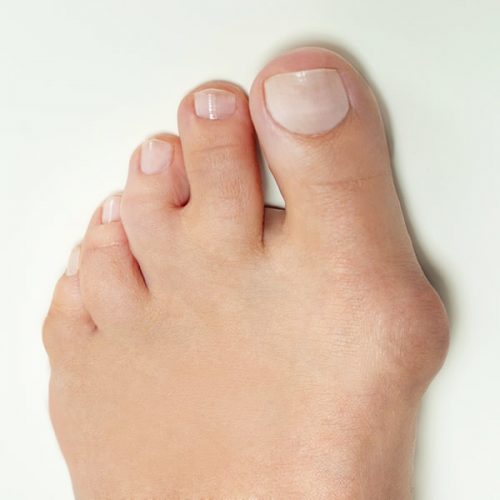Frequency
Bunions are a very common foot disorder, affecting about a third of adults in the United States. The prevalence of bunions increases with age. They are more common in women than in men, likely because of differences in foot anatomy, footwear, and genetic influences.
Causes
The causes of bunions are unclear, although scientists suspect that both inherited and lifestyle factors contribute to their development. Studies suggest that congenital and juvenile hallux valgus tend to be related to joint deformities with a genetic cause. Little is known about the genetic contribution to bunions that occur later in life, and no specific genes involved in the development of bunions have been identified.
For bunions that appear in adulthood, inherited factors related to the shape and structure of the foot and the way the foot moves (foot mechanics) likely influence a person’s risk of developing the condition. It has long been suggested that wearing ill-fitting shoes are another significant risk factor, specifically shoes that are too tight, shoes with high heels, or shoes with a narrow toe box. Research suggests that poorly fitting shoes probably do not cause bunions, but they may make bunions develop earlier or worsen more quickly in people with an underlying susceptibility.
Other risk factors for bunions include inflammatory diseases (such as rheumatoid arthritis), osteoarthritis, and flat feet (pes planus). Bunions are also a feature of several rare genetic syndromes that affect bone development, including Chitayat syndrome and fibrodysplasia ossificans progressiva.
MedlinePlus [Internet]. Bethesda (MD): National Library of Medicine (US); [updated Jun 24; cited 2021 Dec 16]. Available from: https://medlineplus.gov/genetics/condition/bunion
MedlinePlus brings together authoritative health information from the National Library of Medicine (NLM), the National Institutes of Health (NIH), and other government agencies and health-related organizations.

